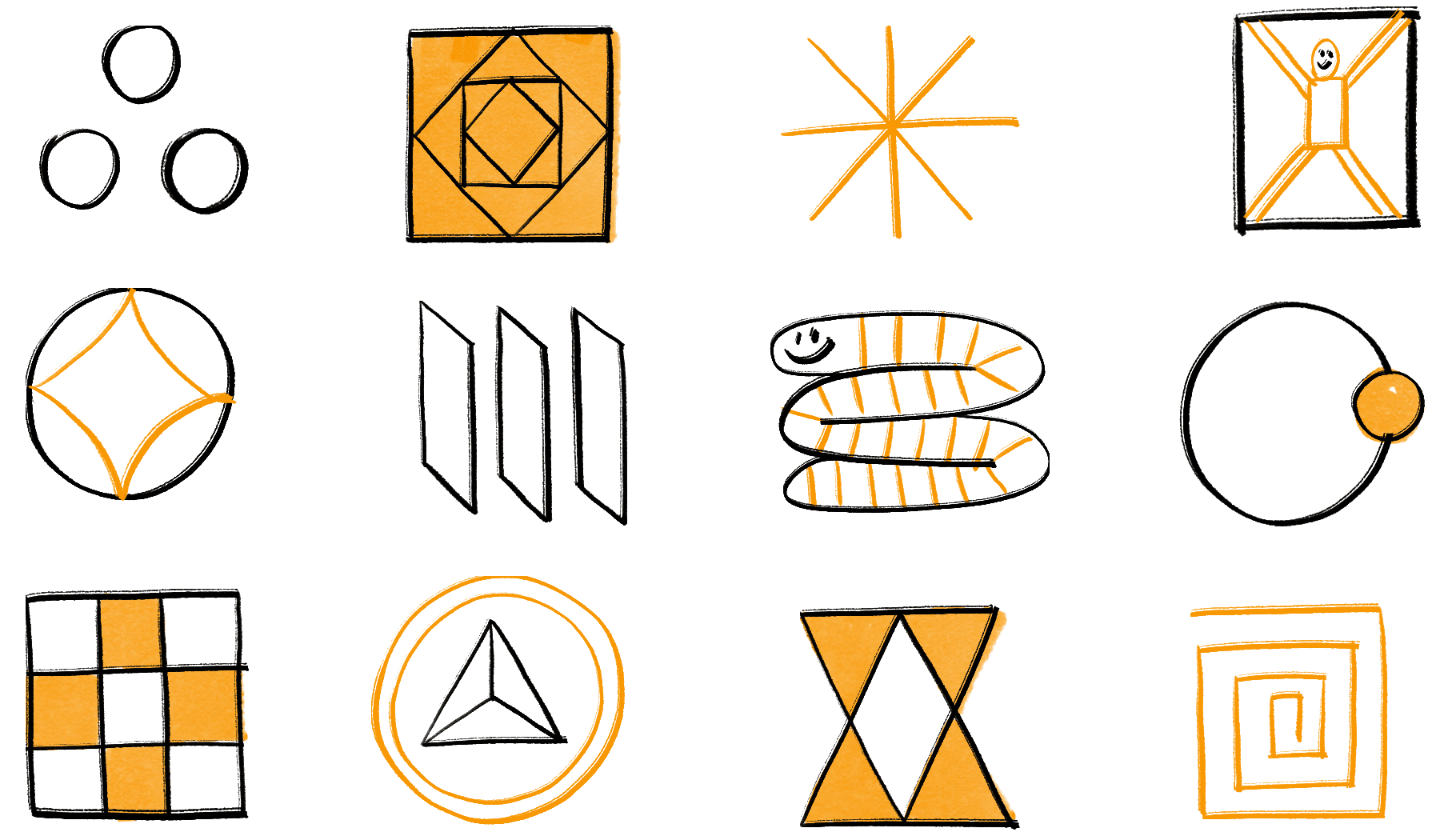Things you can do with the cards:
pass them out individually to students and give them assignments, for example:
TIME – transform – repeat
“Repeat your duet until you are able to perform it by heart.”
combine them with different categories, for example:
DANCERS – group constellations – duet with
DANCERS – connection to audience – diagonally to audience with
DANCERS – connection to one another – canon
“Dance your duet at a diagonal to the audience and in a canon.”
Under Composition, you can find additional examples for combining the cards for Dance and the Creative Process with cards from other focus areas.
 You can find ideas for developing assignments here.
You can find ideas for developing assignments here.

